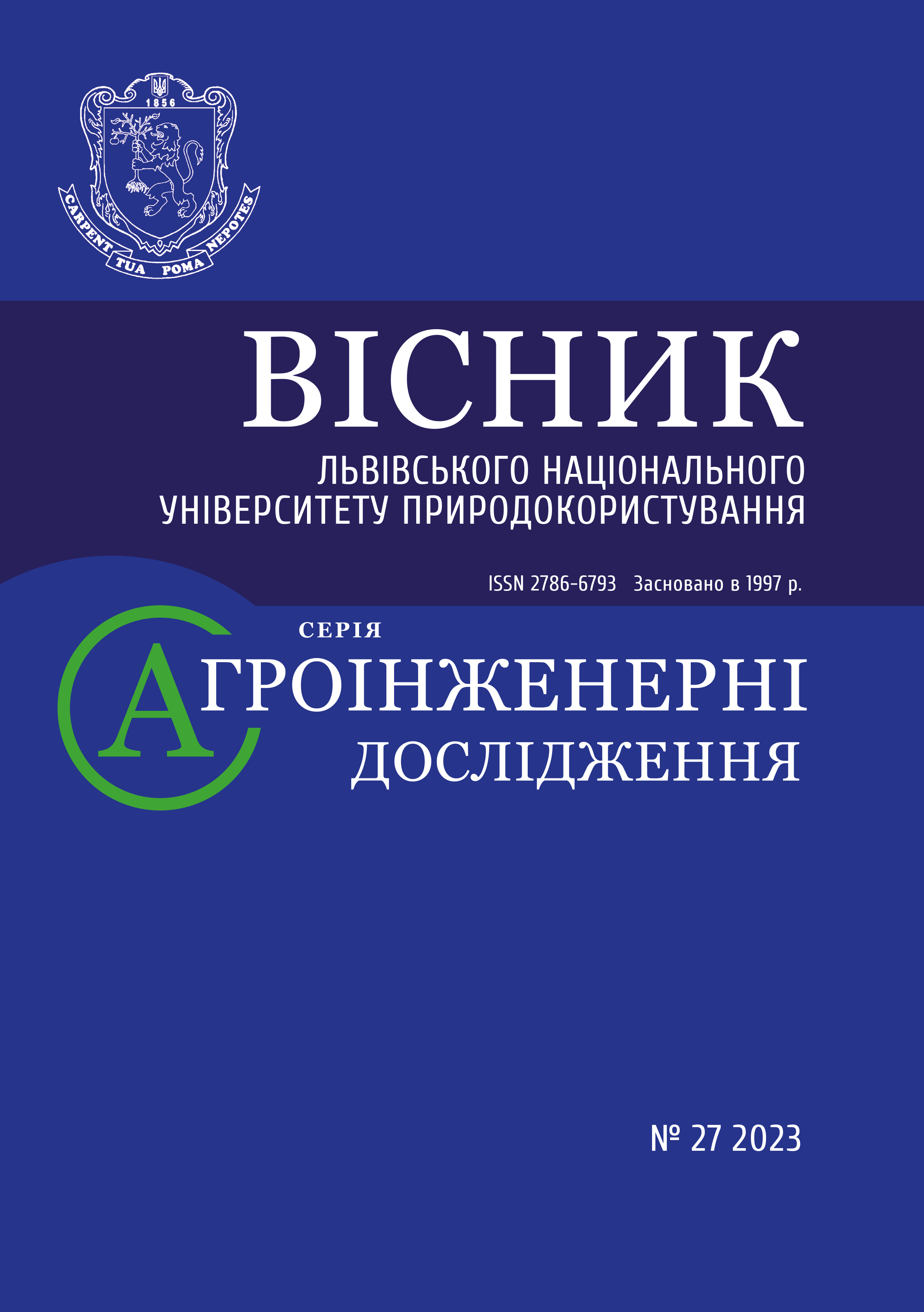Investigation of the influence of the mechanism of changing the compression ratio on the rate of reduction of the compression ratio depending on the engine operating mode
DOI:
https://doi.org/10.31734/agroengineering2023.27.076Keywords:
internal combustion engine, thermal calculation methodology, mechanical losses, working process, cylinder, operating modes, fuel efficiency, crank-slider mechanismAbstract
Studies have demonstrated that popular engines are limited to a maximum compression ratio between 12 to 14 at low loads due to significant friction losses that reduce efficiency. This puts a cap on improving fuel economy by increasing the compression ratio beyond 14. However, researchers have identified a potential solution to this limitation in the form of a pistonless internal combustion engine with a crank-slider mechanism, which allows for a variable compression ratio above 14. This engine design boasts low friction losses across all loads and speeds, complete dynamic balance, a uniform stroke, as well as a compact and lightweight structure. These benefits are made possible by the straight-line motion of pistons in a pistonless engine, which eliminates lateral loads on them.
Theoretical and computational studies have been conducted on the pistonless internal combustion engine with a crank-slider mechanism, which suggest the feasibility of utilizing a variable compression ratio in such engine.
A methodology for calculating the mechanism of variable compression ratio (VCR) has been developed, taking into account the interrelation of parameters of the mechanism and the engine's operating cycle.
It has been determined that based on the pistonless engine with a crank-slider mechanism, it is possible to create an engine with variable compression ratio (VCR) ε = var with a sufficiently fast VCR mechanism to prevent detonation.
The research proves that reducing the crankshaft rotation frequency significantly increases the speed of the mechanism, with the average rate of compression ratio change ranging from 0.29 to 0.5 cycles per second at the maximum torque mode and potentially increasing up to seven times according to the engine's external speed characteristic.
References
De Gooijer Lambertus H. (2011). Pat. 2001/0036334 USA, A1 : F02B 47/08; declared 9.01.2009; published 17. 02. 2011. 4 p.
Mishchenko, M. I. (1998). Non-traditional small-sized internal combustion engines. Vol. 2: Theory, development and testing of non-traditional internal combustion engines (Vol. 1, p. 228). Donetsk: Lebid. (in Ukrainian).
Mishchenko, M. I., Khimchenko, A. V., Kolesnikova, T. M., & Shliakhov, V. S. (2008). Calculation and study of the compression ratio change mechanism for a gasoline engine. Part 1: Mathematical model. News of the Automobile and Road Institute, 1(6), 10-16. (in Ukrainian).
Mishchenko, N. Y., Novokreshchenov, V. S., & Khimchenko, A. V. (1999). Research and development of an experimental sample of a connecting rodless gasoline engine with a variable compression ratio. Cars and engines: Report on NIR. No. г/р 0197U009344. Donetsk. (in Russian).
Mishchenko, M. I., Novokreshchionov, V. S., & Khimchenko, A. V. (2001). Pat. 42034 Ukraine, MCD F 02 B 75/32. No. 97062776; application for patent filed on June 11, 1996; published on October 15, 2001, Bulletin No. 9.
Mishchenko, M. I., Novokreshchionov, V. S., Khimchenko, A. V., & Kramar, S. M. (2002). Improving the performance of a two-stroke gasoline engine without a connecting rod based on the optimization of its parameters. Cars and engines: Report on NIR. No. г/р 0100U001096. Donetsk. (in Ukrainian).
Pouliot, H. N., Robinson, C. W., & Delameter, W. R. (1978). A Variable displacement spark-ignition Eengine. Final Report. Report No. SAND 77 – 8299. Sandia Laboratories, Livermore, California.
Shchelokov, M. Variable compression engines: From Saab to Infiniti. Retrieved from https://dvizhok.su/parts/dvigateli-s-izmenyaemoj-stepenyu-szhatiya-ot-saab-do-infiniti (Accessed May 19, 2023).
Variable Kompression. (2000). Auto, Mot. und Sport, DE, 6, 12.


